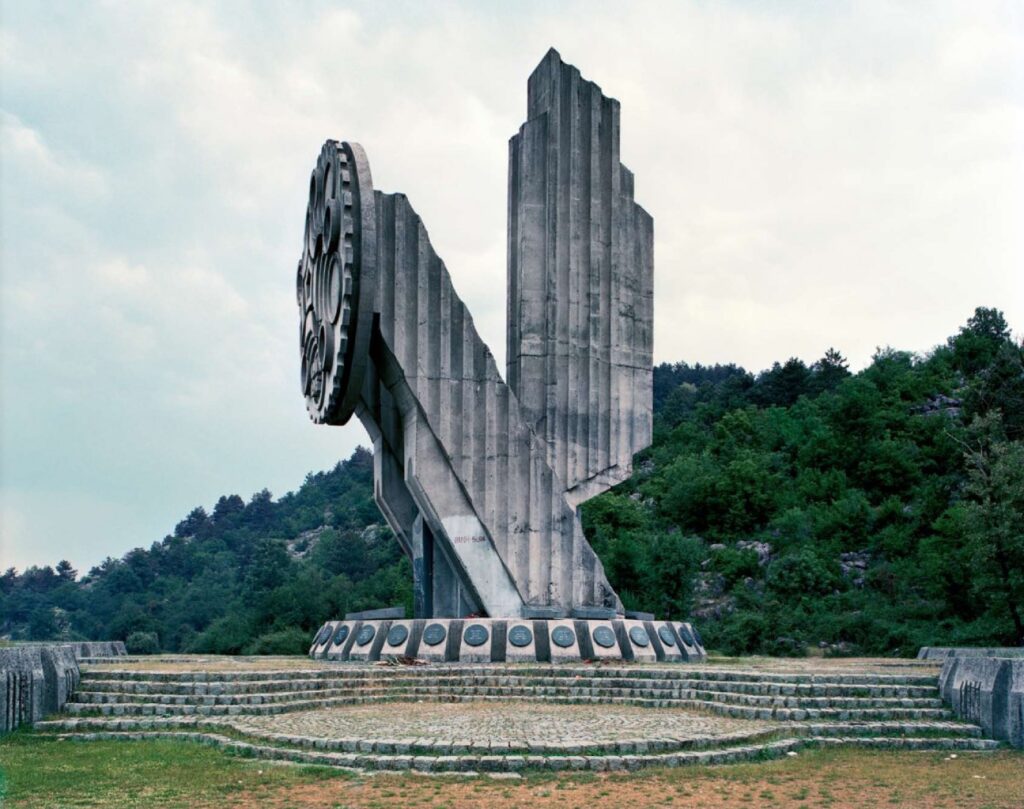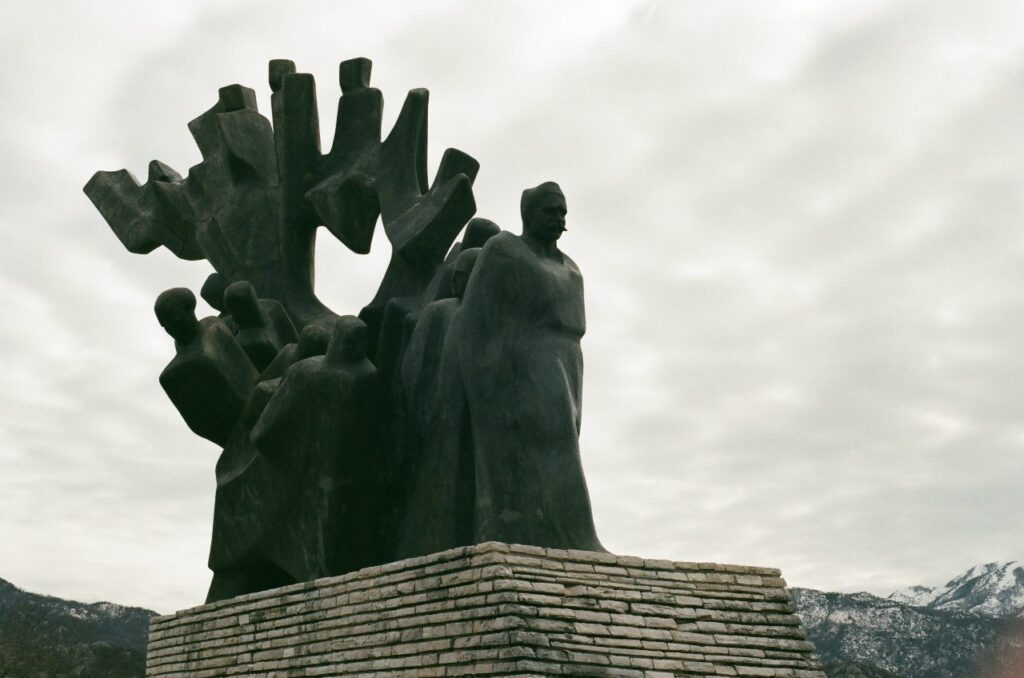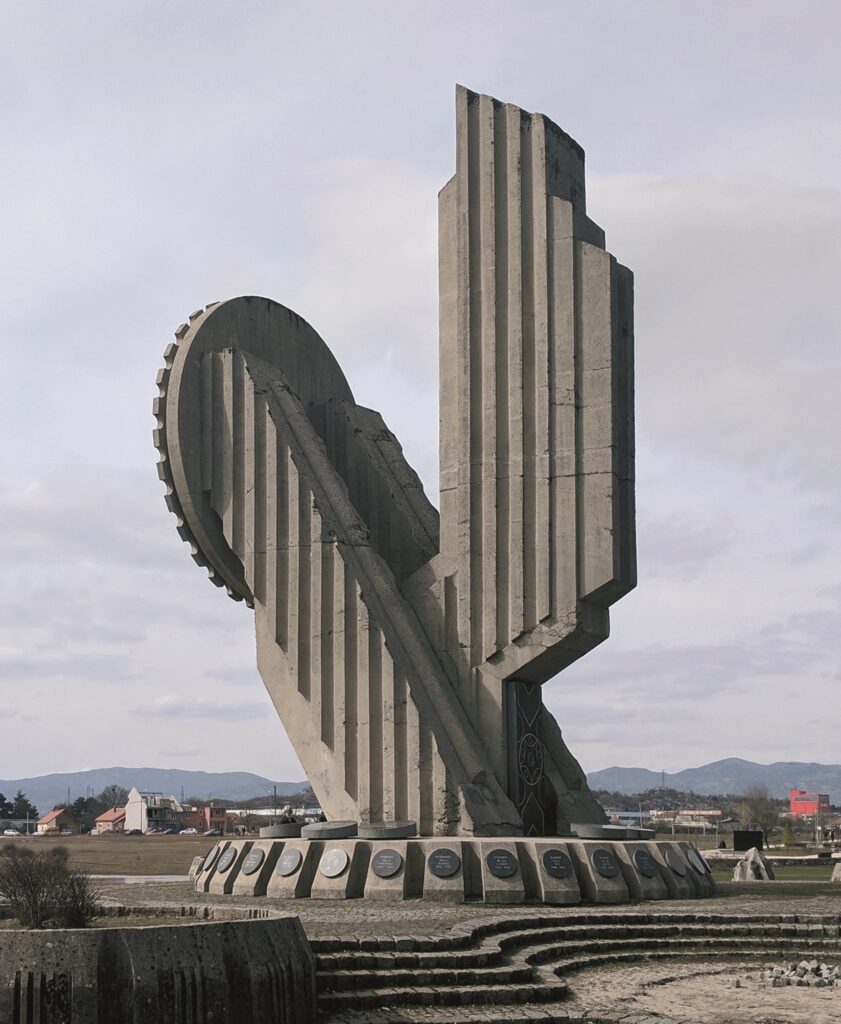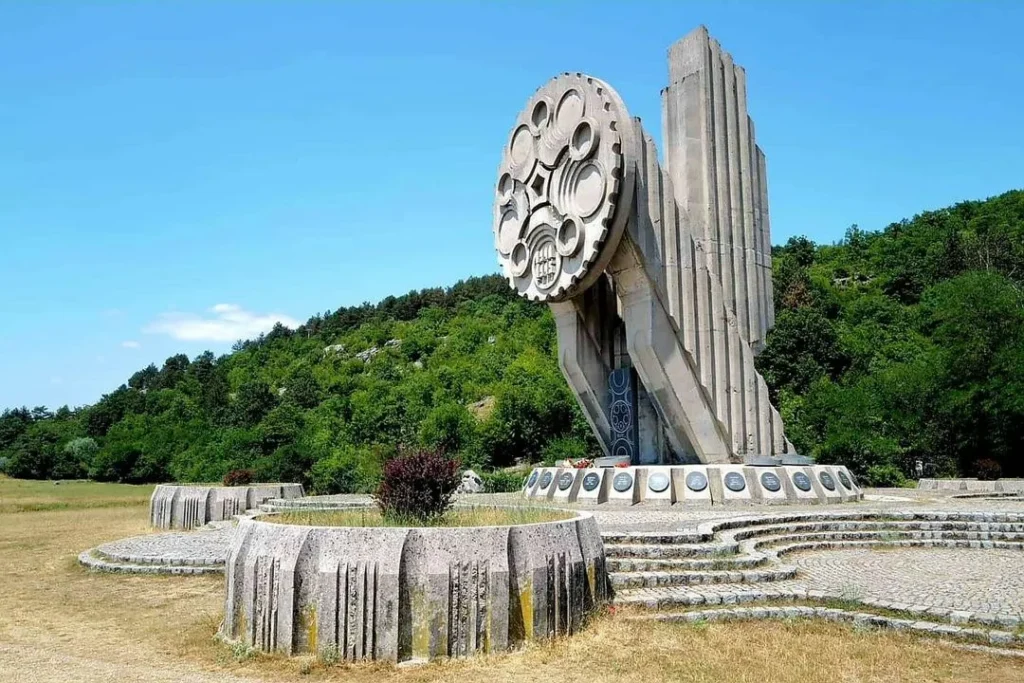World War II Monuments in Montenegro: The Fabric of National Identity and Remembrance
World War II monuments in Montenegro are deeply woven into the fabric of the country’s national identity. Each monument tells a unique story of courage, sacrifice, and resilience. Places like the Monument to the Uprising in Bar capture the essence of the Montenegrin spirit, exemplified during the darkest days of the conflict. Comprising towering statues and symbolic architectural elements, it serves not just as a memorial but as a gathering place for people to reflect on their nation’s tumultuous past.
As we traverse the country, we encounter another compelling site: the Memorial Museum in Cetinje. Unlike traditional monuments, this establishment serves as a repository of World War II artifacts, personal letters, and military equipment. By bringing history to life, the museum adds another layer of understanding and interpretation to the World War II monuments in Montenegro.

World War II Monuments in Montenegro: Tourism, Conservation, and Educational Value
In recent years, the World War II monuments in Montenegro have started attracting a different kind of visitor—tourists. Many travelers, both domestic and international, are increasingly interested in these historic sites. This new level of interest presents an opportunity for Montenegro to showcase not only its natural beauty but also its historical depth, thereby enriching the overall tourist experience.
Given their significance, efforts are underway to include these World War II monuments in Montenegro in school curricula. Children are taken on educational trips to these sites to imbibe lessons that textbooks often fail to deliver. Learning in such a visceral environment, where the air itself seems to breathe history, offers an unforgettable educational experience.
To support this newfound interest, both from tourists and educational institutions, the government and local communities have amped up conservation efforts. Previously neglected sites are now being restored and revitalized. Security measures are in place to prevent vandalism, and information boards have been erected to educate visitors about the historical importance of these monumental spaces. Collectively, these actions ensure that World War II monuments in Montenegro continue to serve their multidimensional role in the society: as places of remembrance, education, and even tourism.

World War II Monuments in Montenegro: Intersection with Modern Art and Architecture
The World War II monuments in Montenegro are not just static symbols of a bygone era; they are dynamic intersections of history, memory, and art. Some of these monuments have been designed by renowned artists and architects, making them unique pieces of modern art and architectural landmarks. They serve as an open-air gallery, featuring a range of artistic styles from brutalism to abstract symbolism. In cities like Podgorica and Nikšić, these monuments have become iconic structures that defy conventional definitions of war memorials. They are the subject of academic research, inspiring generations of artists and architects to study their complex designs and underlying philosophies.
Moreover, these monuments often become the centerpiece of various cultural events, art exhibitions, and public gatherings. They act as a communal space where people come together not only to remember the past but to engage in dialogue about the present and the future. All these factors contribute to making the World War II monuments in Montenegro far more than mere historical artifacts; they are vital, living entities that continue to shape the country’s cultural and artistic landscape.

World War II Monuments in Montenegro: The Challenge of Preservation and Their Role in Future Generations
The challenge of preserving the World War II monuments in Montenegro cannot be overstated. As with all historical sites, they are susceptible to the elements and require regular maintenance to keep them in good condition. Moreover, as they become increasingly popular tourist attractions, they face additional risks such as vandalism or degradation due to human activity. While the government has undertaken significant efforts to maintain and protect these sites, it is a continuous struggle that requires substantial financial and human resources.
Despite these challenges, the importance of preserving these monuments for future generations is paramount. They are living testaments to the sacrifices made by those who lived through one of the darkest chapters in human history. As such, they serve as a critical tool for educating younger generations about the values of peace, freedom, and democracy. Educational programs, interactive exhibitions, and guided tours are now part of a larger initiative to integrate these monuments into the academic curriculum and public consciousness.
The multifaceted roles that World War II monuments in Montenegro play in modern society—from educational landmarks to artistic inspirations—underscore their enduring relevance. As time passes, they will undoubtedly continue to serve as poignant reminders of a painful past, while also inspiring a more hopeful, inclusive future.

